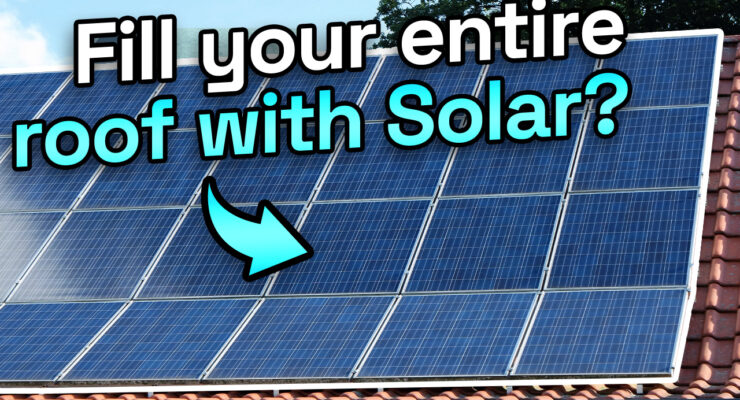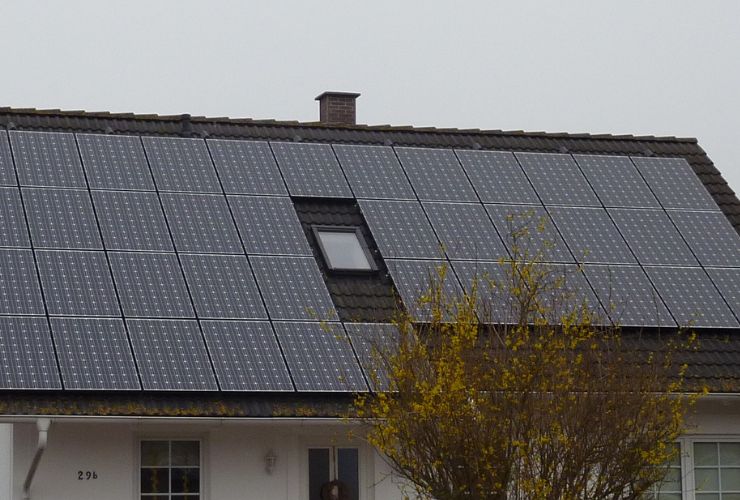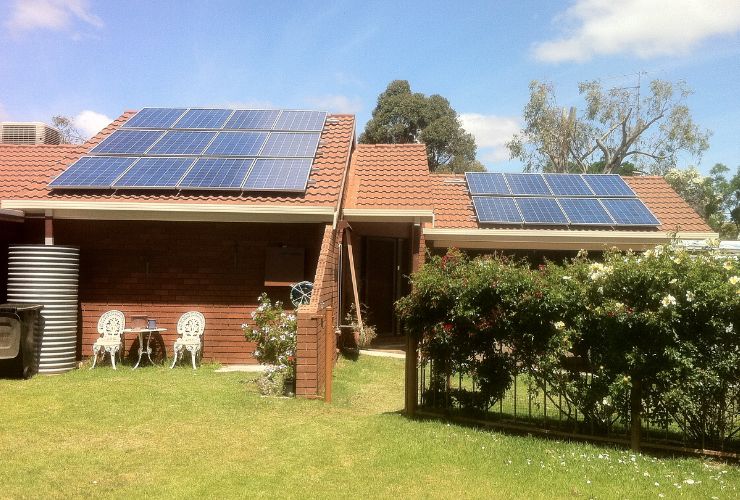
Fast read
In the upcoming years, energy prices are expected to reach an all-time high. To combat these rising prices, households invest in solar panels and help with their personal energy independence.
Over the years, we have seen the growth of both the kW size and general output of home solar systems. This is because the larger solar system prepares you better for the future and the increasing electrification of homes. Coupled with this, the feed-in tariff allows you to get some money back for any excess electricity you produce.
In saying this, you must consider several factors regarding your solar system to ensure this investment is viable. These considerations include the cost of the system, the suitability of your roof, and the direction of your roof.
A more extensive solar system will cost more money but with the upcoming EV revolution and improved heat pump technology for hot water production. It seems we can not produce enough solar power. Therefore a larger solar system appears to be a smart option.
Is it worth covering an entire roof with solar panels?
As solar continues to be developed, the benefits also increase, this raises the question – are more solar panels better? If you have a large roof space, you may wonder if it is worth covering the entire area or just getting the minimum amount you need based on your energy consumption. So, is it worth covering an entire roof with solar panels?
Energy independence
When people switch to solar, there are usually three main reasons.
- To save money
- To generate energy independence and security against future energy cost increases
- To help the environment through renewable energy.
The most appealing one currently seems to be energy independence, when your energy consumption depends entirely on you and your usage and when one saves money as one has some control over their electricity bills.
But why should you want energy independence? The main reason is that independence comes with savings.
You will be protected from changing electricity prices and the complexity that comes with it after power prices have already risen significantly in the past decade. Projected increases are expected to continue for future years. With solar and a solar battery, you will not have to worry about rising electricity prices and restricting your lifestyle and electricity consumption when prices rise.
The main reason it makes sense to cover your entire residential roof with solar panels is the planned future electrification of homes. As part of a decarbonisation policy, the energy currently supplied by gas, such as cooking and hot water, will also be provided by electricity. Then there will be EV charging, which would make sense at home. All these future directions hint at higher electricity consumption in future households compared to what we consume now.
Solar systems are already becoming more popular
The average size of a residential solar system is on an upward trend, for example, in 2014, it was 4.5kW, but in 2022 it is 8.8kW. But why is this happening?
Think about how many electrical appliances you have bought since 2014. Today, it is likely that more than 90% of the appliances you have are electrical. Only cooking and water heating still rely on gas, no one has a coal stove anymore, and oil heaters are a thing of the past.
Swapping from gas to induction cooking and hot gas water to electric heat pump hot water is becoming popular and will increase a home’s electricity consumption. But, even if you have not made these changes, electric vehicles and their charge points will add to your household’s electricity consumption in future years.
This means the solar panel system that covers your energy consumption today will probably not be enough in another 3, 5, or 10 years. So if you cover your entire roof with solar panels now, you will not have to add more panels in the future.
While one might argue that in the future, panels will become more efficient, and therefore one can install a slightly larger solar PV system if one waits, the technological improvements of solar panels over the past 15 years only added about 25% to the output.

Feed-in Tariffs (FiT)
The increase in electricity prices in Australia provides a strong incentive to go for an extensive system. Feed-in tariffs, while reducing in value, are still in existence, meaning one will get paid some money by their energy retailer for the exported solar electricity.
Feed-in tariffs vary from State to State and from retailer to retailer. So your best option is to do some research and find what your locally available FIT rates are, then contact a locally trusted solar company for help and advice regarding purchasing solar.
Considerations
A larger solar system means a higher cost
You will need sufficient funds before considering whether to cover your entire roof with solar panels, the bigger the solar power system, the higher the costs. Financing or partly financing and paying for a solar system makes sense, as solar is one of the few home improvements that will pay for itself and make some additional money for you after a few short years.

Before committing to a certain number of panels, request a solar installer to come and inspect your roof. They will check the suitability and structural integrity of your roof. For example, there is no point putting new solar panels on 50-year-old brittle terracotta tiles,
Roof orientation
The orientation of your roof is another critical consideration, as it is one of the indicators of how efficient your solar panels will be. If part of your roof is covered in shade for most of the day, it may not be worth covering your entire roof with solar panels. This could be because of a large tree or building on one side of your house.
The direction that your roof faces also falls into this consideration. If your roof faces directly North on one side and South on the other, covering the North side only may be for the best.
Then again, a panel installed South can still generate 60% of the output of a perfectly true north-aligned panel in the optimal position. Some people might say – 60% is still better than nothing, again, enquire about an inspection from a solar installer to see what is best for your situation.


